Can you imagine living without your eyesight? Many animals have poor vision, but some species have adapted to their environment through various means.
Have you ever wondered why some animals have good vision while others don’t?
There are many reasons why animals might have poor vision. Some have developed adaptations to compensate for their lack of sight. Others have evolved special mechanisms to see better.
Table of Contents
Animals With Poor Vision
Rhinoceroses
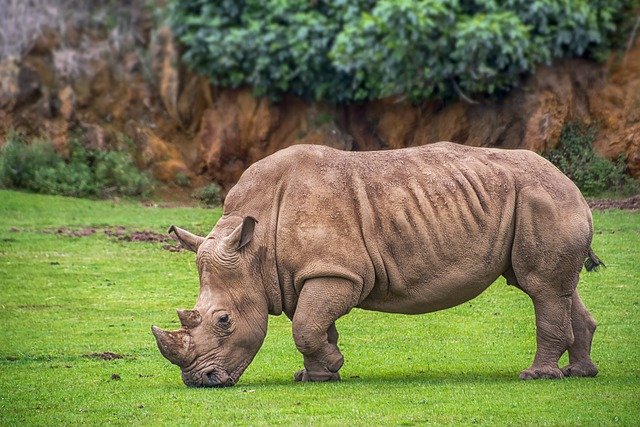
Rhinoceros have poor eyesight because their eyes are positioned very close together, according to researchers at the University of Texas Medical Branch at Galveston (UTMB).
This means they have difficulty seeing objects clearly, especially those that are farther away. These large animals are known for their horned head and long tails, and some people believe their horns are for fighting.
Scientists found that rhinos’ eyes are on opposite sides of the skull and that their eyeballs are only separated by a thin membrane.
The problem is that this membrane has no blood supply and cannot provide nutrients or oxygen to the eye. Without these elements, the scientists say rhino eyes would become blind. Their findings were published in the journal Scientific Reports.
Bats

Bat or vampire bats? If you’re wondering whether they really have poor vision, then you should know that they don’t really have eyes at all. They only have nose-like organs called olfactory bulbs that detect odors.
The bats use these organs to hunt flying insects. While most animals have two sets of eyes, bats only have one pair of eyelids.
So how does a bat see in the dark? Scientists believe that its brain sends signals to other parts of the body to control movements. This helps the animal to track prey and evade predators. And although their eyesight isn’t very good, they do have keen smell sense.
Bats have poor eyesight because they don’t have eyelids or corneas. Their eyes are covered with fur and skin instead. The only way they can see is by detecting sound waves bouncing off objects in their environment.
Bulls

Bulls are known for their sharp vision. They see things clearly and they don’t miss much. But why do bulls have poor vision?
Bulls are often associated with being smart and having good eyesight. In reality, however, bulls tend to have poor vision because they spend too much time looking at the ground instead of focusing on the horizon.
It’s true that bulls have better vision than other animals. Their eyes are positioned higher on their head, allowing them to look over tall grasses and shrubs. This helps them spot prey from afar.
But the downside to this advantage is that bulls spend too much time looking down rather than up. When they focus on the ground, they miss out on seeing predators or other dangers lurking nearby.
Deep sea fish
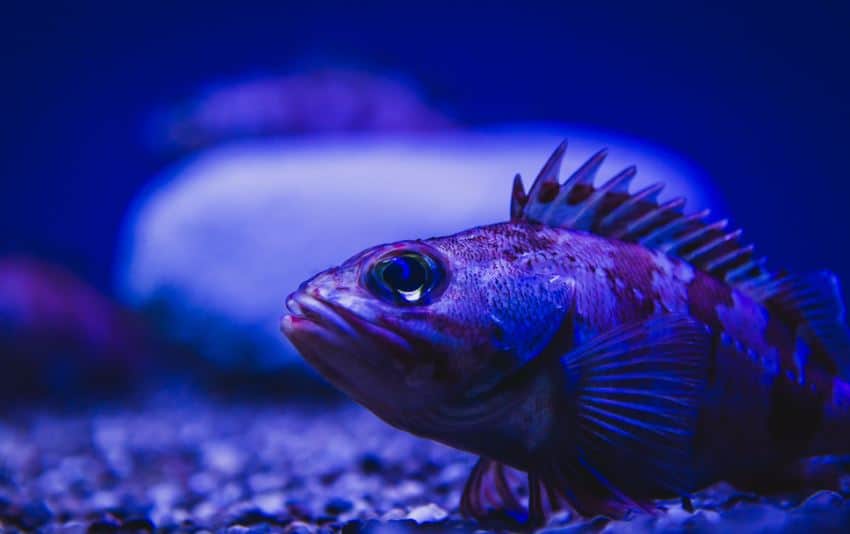
Deep sea fish have poor vision because they live at depths where light levels are very low. The cornea of deep sea fish has evolved to function under these conditions.
Fish living in dark environments often have eyes that are less sensitive to light. This means that their eyes are better adapted to seeing objects in dim light. These fish also have fewer rods and cones (the cells responsible for detecting light) in their retinae compared to shallow water fish.
The cornea of deep sea fishes has evolved to function under such low light conditions. In order to adapt to these conditions, the corneal endothelium of deep sea fish has lost its ability to produce new cells. As a result, the cornea becomes thinner over time.
Moles
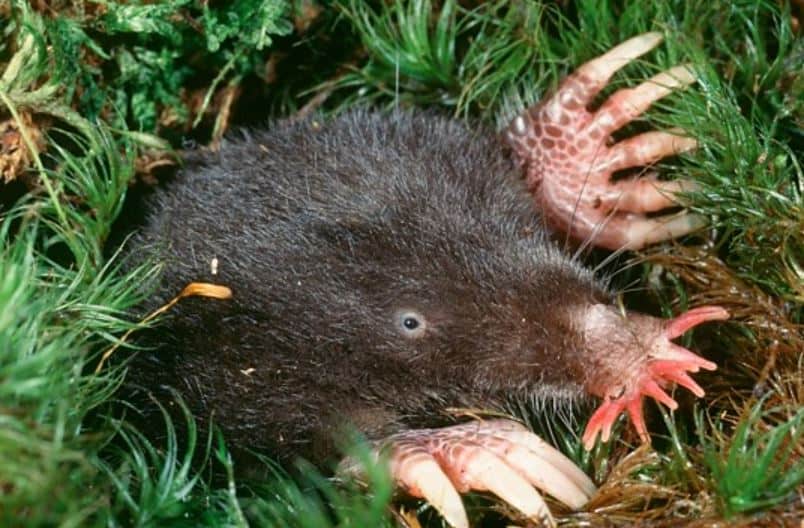
Moles are often considered ugly animals. They are also known to have poor vision. Why is that?
Moles are mammals that belong to the order Soricomorpha. They are characterized by their large eyes, short snout, long ears, and soft fur. The moles live underground and feed on earthworms, insects, and other invertebrates.
Moles have poor vision because they lack eyelids. Their eyes are exposed to the sun, causing them to overheat. This causes damage to the retina, resulting in blindness.
Have you ever wondered why moles animal have poor vision? The answer lies in their nose. These mammals have a special organ called the naris or nostril, which helps them detect smells. They also have poor eyesight because they don’t have eyelids.
Star-nosed moles are nocturnal rodents native to North America. Their noses are equipped with two large, fleshy appendages that resemble a starfish. This feature allows them to smell prey from great distances.
Mole vision is very limited compared to other mammals. In fact, they only see objects at a distance of less than 15 centimeters. This means that they rely heavily on their sense of smell to navigate through their environment.
Hydra
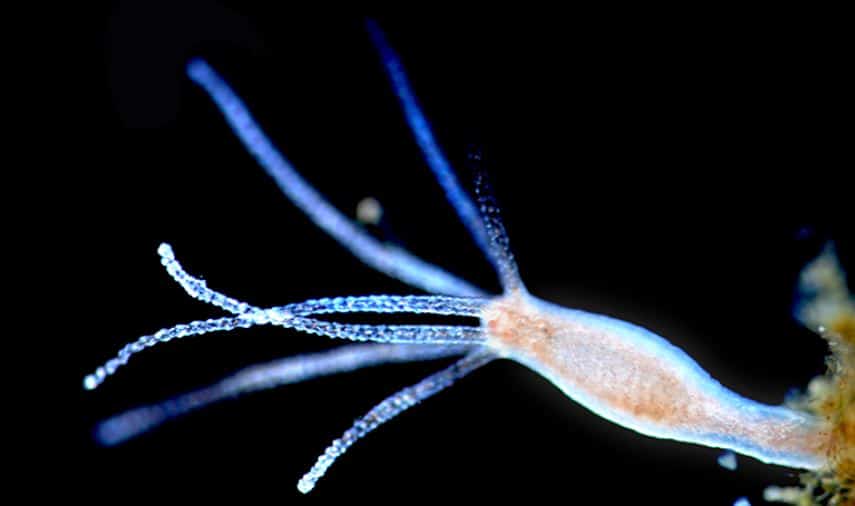
Hydra has poor vision because they don’t blink much. They also tend to sleep a lot, eat a lot, and drink a lot. This means their eyes get dehydrated, and they can’t see well.
Hydra is a mythological creature from Greek mythology. The name comes from the Greek word hydor meaning water or river. In ancient times, the creatures lived in rivers and lakes. Their heads were always underwater, so they couldn’t see anything above them.
Hydras are blind because they never blink. Blinking helps clear out debris and dust from our eyes. Without blinking, these animals accumulate dirt and debris in their eyes.
Naked Mole-rat

Naked mole rats are rodents native to East Africa. They live underground, eat insects, and don’t produce body heat. They also have poor vision. Why?
The naked mole rat has been studied extensively since its discovery in 1922. Researchers have found that these animals have a very low metabolic rate, high pain threshold, and resistance to cancer.
Naked mole rats have a unique genetic mutation that allows them to see ultraviolet light. This helps them navigate their dark tunnels, but they have poor eyesight because their retinas lack rods (light sensitive cells) and cones (color sensitive cells).
Eyeless Shrimp

Eyeless shrimp are blind creatures who lack eyes. They live in shallow coastal waters where they feed on plankton. Their bodies are covered with tiny hairs called cilia that beat back and forth, helping them swim through water. These shrimp also have a pair of antennae at the front of their body.
Eyeless shrimp have poor vision because they don’t have eyes. They rely on their sense of smell to detect food. The problem is, they also have no eyelids or corneas. This means that they cannot see well at night.
Eyeless shrimps are found in tropical waters around the world. They are often eaten as a delicacy.
They lack eyes, but they can see light. Their eyes are located under their skin, where they can detect light through tiny pores. These pores open and close in response to changes in light levels.
Deep Sea Lobster
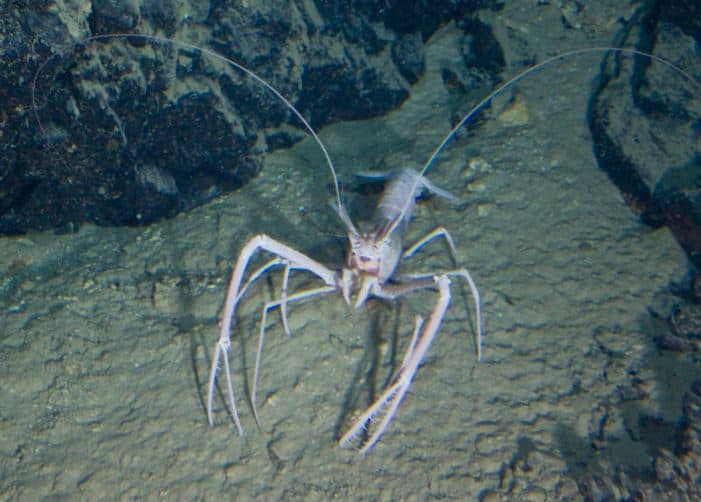
Deep sea lobsters have poor vision because they live at depths where light does not penetrate. They rely on their sense of smell to navigate through the dark ocean.
The deep sea is the largest habitat on Earth, covering over 70% of our planet. It has some of the harshest conditions imaginable. There are no land masses or sun, only darkness and cold temperatures.
Deep sea lobsters have poor vision because they live at depths of over 2,000 meters (6,500 feet). They don’t see well due to their thick shells and dark coloration.
The deep sea lobster is a species of lobster found in the waters around New Zealand. These lobsters are usually caught using trawlers or longlines.
They are also known as the ‘black rock lobster’ because of their black shell color. This makes them very difficult to spot during fishing operations.
Sinopoda scurion

Sinopoda scurion is a species of spider found in Australia. They have poor vision because they lack a lens in their eyes. Why does this happen?
The sinopodas live in burrows where they spend much of their time. Their eyesight is very important for finding food and avoiding predators. If they don’t have good vision, they won’t be able to see well enough to hunt or escape danger.
They also have no eyelids, so they cannot blink to clean out debris from their eyes. This means that dirt gets into their eyes and causes them to become blind.
Read More : Animals With Multiple eyes !
Texas Blind Salamander

Texas blind salamanders (Plethodon shermani) are amphibians native to North America. They live in streams and ponds throughout the southeastern United States. The species has poor vision because its eyes are covered with skin.
This species was once thought to be extinct until it was rediscovered in the early 1980s. Since then, researchers have discovered that these animals are highly sensitive to light.
This species is nocturnal, meaning they spend their days underground during the day and come out at night to feed. When they emerge from their burrows, they are able to see well enough to navigate around obstacles.
The Texas blind salamander has poor vision, but it can see well enough to survive. This makes them unique from other species of salamanders. They also have a very short lifespan, living only two years. They have poor vision, but they can see better than expected.
Mexican Tetra
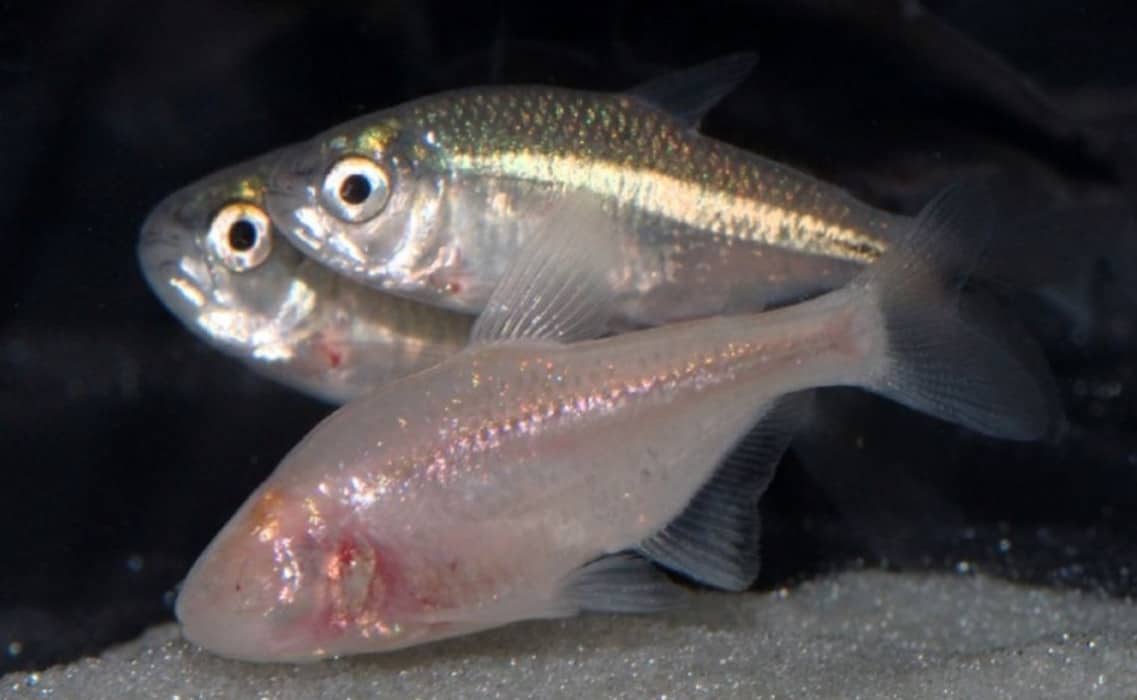
Tetras are a group of fish that live in tropical waters around the world. They are known for their bright colors and beautiful patterns. The tetras found in Mexico are famous for having poor vision. Why?
Mexican tetras have a unique genetic mutation that causes them to have poor eyesight. This mutation was discovered in the early 1900s and has since spread throughout the species.
This mutation is caused by a single gene called rhodopsin. Rhodopsin helps the retina detect light. When the rhodopsin gene is mutated, the rod cells in the eye become dysfunctional. Rod cells are responsible for detecting light and dark
River dolphins
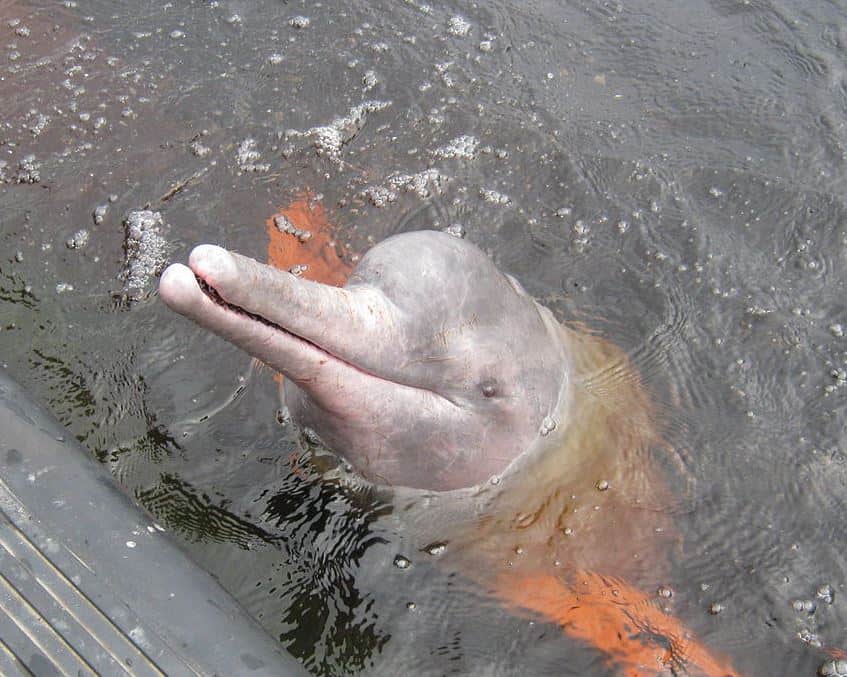
River dolphins live in rivers and lakes, where they spend their time swimming and feeding. They also play an important role in maintaining water quality. Yet, despite these benefits, river dolphins suffer from poor vision. Why?
River dolphins are found throughout the world, but they are particularly common in South America, Africa, Asia, Australia, and Europe. Their name comes from the Latin word for river.
River dolphins have poor eyesight because they swim at depths below the surface of the water. This means that light rays cannot reach them directly. Instead, they rely on reflected light bouncing off the bottom of the water.
The problem is that the bottoms of rivers are often covered with silt and other debris. These particles scatter light, reducing its ability to penetrate the water. As a result, river dolphins have trouble seeing objects near the bottom of the river.
